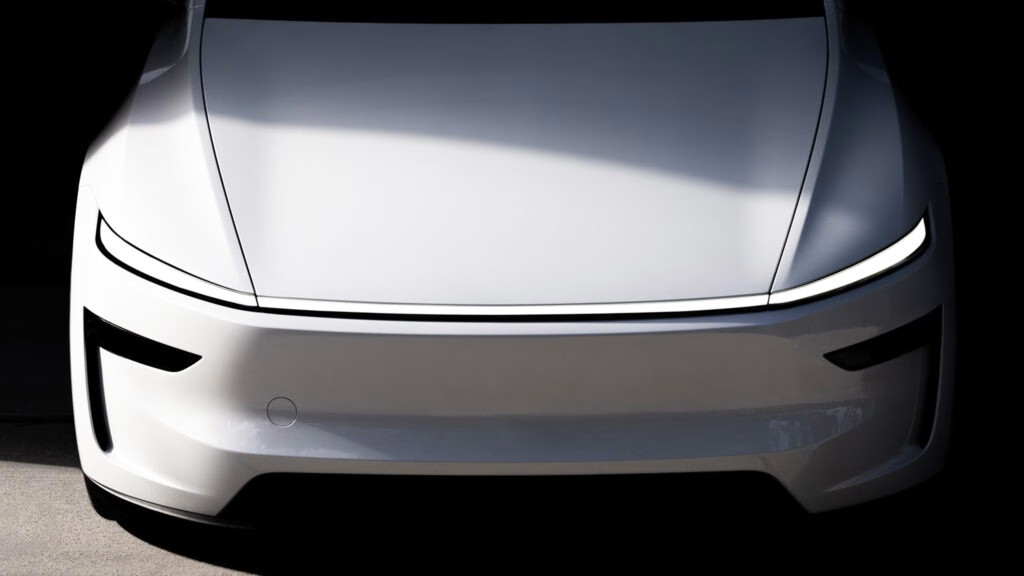Why Is Tesla Suddenly Outselling Nissan in Japan’s EV Market?
If you’ve been following the global electric vehicle scene, you might be surprised to hear that while Tesla’s sales are slipping in places like Europe and the US, the company is on a tear in Japan. For the first time in nearly 15 years, Nissan’s reign as the country’s top EV seller is under serious threat—and Tesla is the challenger. What’s behind this sudden shift, and what does it mean for Japanese drivers?
How Big Is Tesla’s Growth in Japan This Year?
Let’s get straight to the numbers. From January to August, Tesla moved about 6,590 new vehicles in Japan. That’s not just a solid year—it’s an 87% jump over last year’s sales, and it’s already blown past Tesla’s previous record of 5,900 cars in 2022. August alone saw roughly 980 Teslas hit Japanese roads, more than double the figure from August 2024. If this pace keeps up, Tesla could easily reach 10,000 units by year’s end.
For context, Nissan has been the undisputed EV champ in Japan since the original Leaf launched in 2010. But as of August, Tesla trails Nissan by just about 100 EV sales. That’s a razor-thin margin after a decade and a half of Nissan dominance.
What’s Driving Japanese Buyers to Tesla Now?
It’s not just about the cars themselves—though the Model 3 and Model Y have certainly found their fans. The real kicker? Price. In May, Tesla slashed the Model 3’s price by 453,000 yen (around $3,000), dropping the sticker to 3.99 million yen (about $26,800). Factor in generous government subsidies, and buyers can get into a new Model 3 for even less. For many Japanese consumers, that’s suddenly within reach.
This isn’t happening in a vacuum. While overall EV sales in Japan dipped by 33% in 2024, foreign brands like Tesla have bucked the trend. It’s a classic case of the right product at the right price, landing at just the right time.
How Is Tesla Expanding Its Presence on the Ground?
Tesla’s not just relying on price cuts. The company is doubling down on its physical footprint. According to Tesla Japan’s head, Richi Hashimoto, the brand plans to double its number of showrooms from 25 to about 50 by 2026. Many of these new locations will pop up in major shipping centers, making it easier for curious shoppers to check out the cars in person.
And then there’s the charging network. Tesla’s Supercharger sites in Japan—currently at 130—are set for expansion, smoothing out one of the biggest headaches for would-be EV owners: range anxiety. More chargers mean more confidence, and that’s a big deal in a country where urban density and limited parking can make home charging tricky.
Is Nissan Losing Its Edge, or Is Tesla Just Getting Smarter?
Nissan’s Leaf has been a fixture on Japanese roads for years, but the model hasn’t seen a major overhaul in a while. Meanwhile, Tesla’s tech-forward image and regular over-the-air updates have given it a fresh, innovative vibe. Japanese consumers, known for their love of cutting-edge gadgets, seem to be responding.
But it’s not just about tech. Tesla’s aggressive pricing and expanding support infrastructure are making it harder for Nissan to rest on its laurels. The market is shifting, and Nissan will need to respond—either with new models, sharper pricing, or both.
What Does This Mean for the Future of EVs in Japan?
If Tesla overtakes Nissan, it’ll be more than just a bragging-rights win. It could signal a broader shift in Japanese car culture, where domestic brands have long held sway. Foreign automakers have struggled to break through in Japan, but Tesla’s recent surge suggests that Japanese buyers are ready to look beyond the familiar—especially when the value proposition is strong.
There’s also a ripple effect. As Tesla ramps up, other foreign brands may see an opening. And with Japan’s government pushing for more EV adoption to meet climate targets, competition is only going to heat up.
The big takeaway? Winning in Japan’s EV market isn’t about perfection—it’s about smarter adjustments. Start with one change this week, and you’ll likely spot the difference by month’s end.

